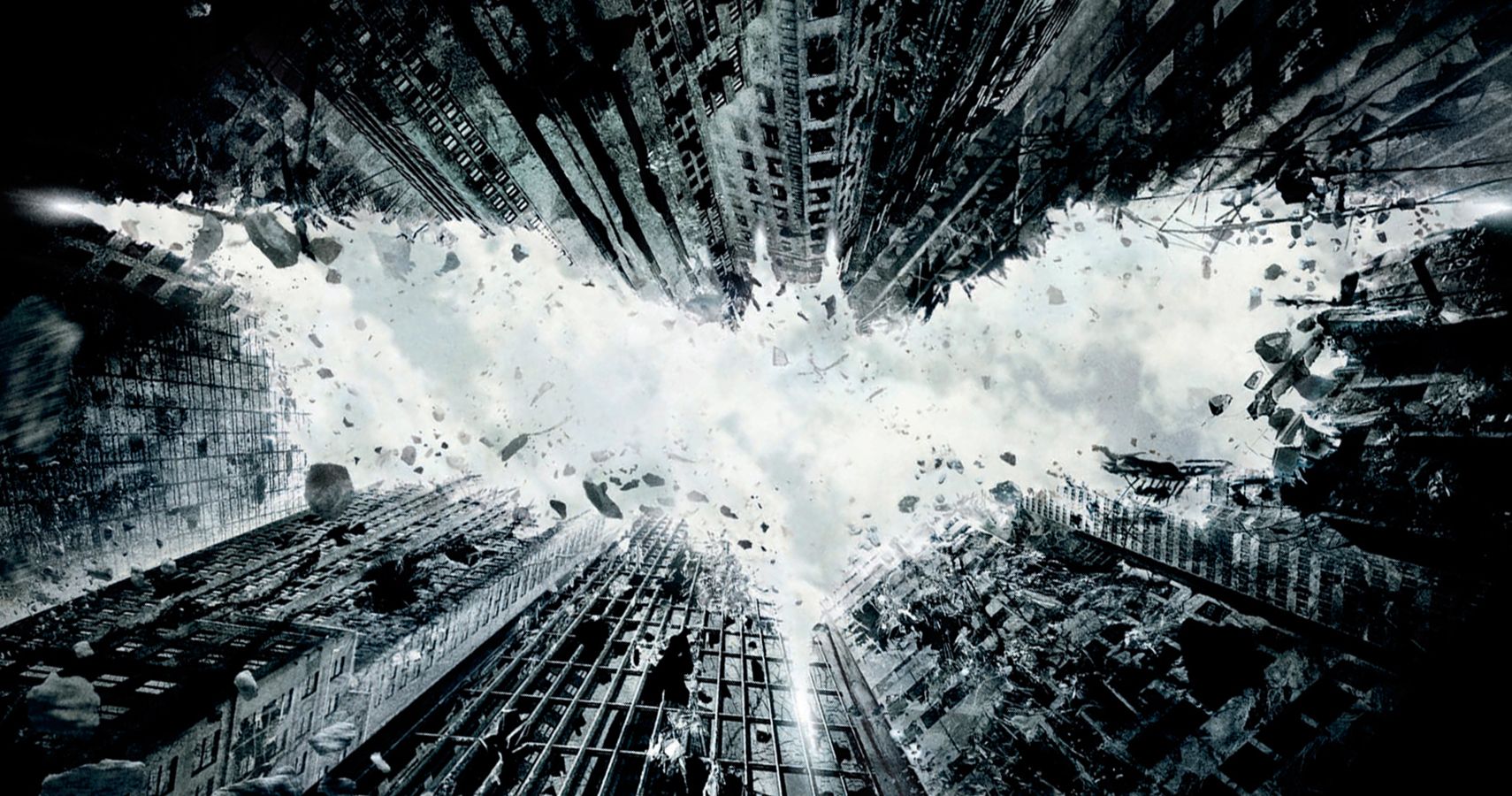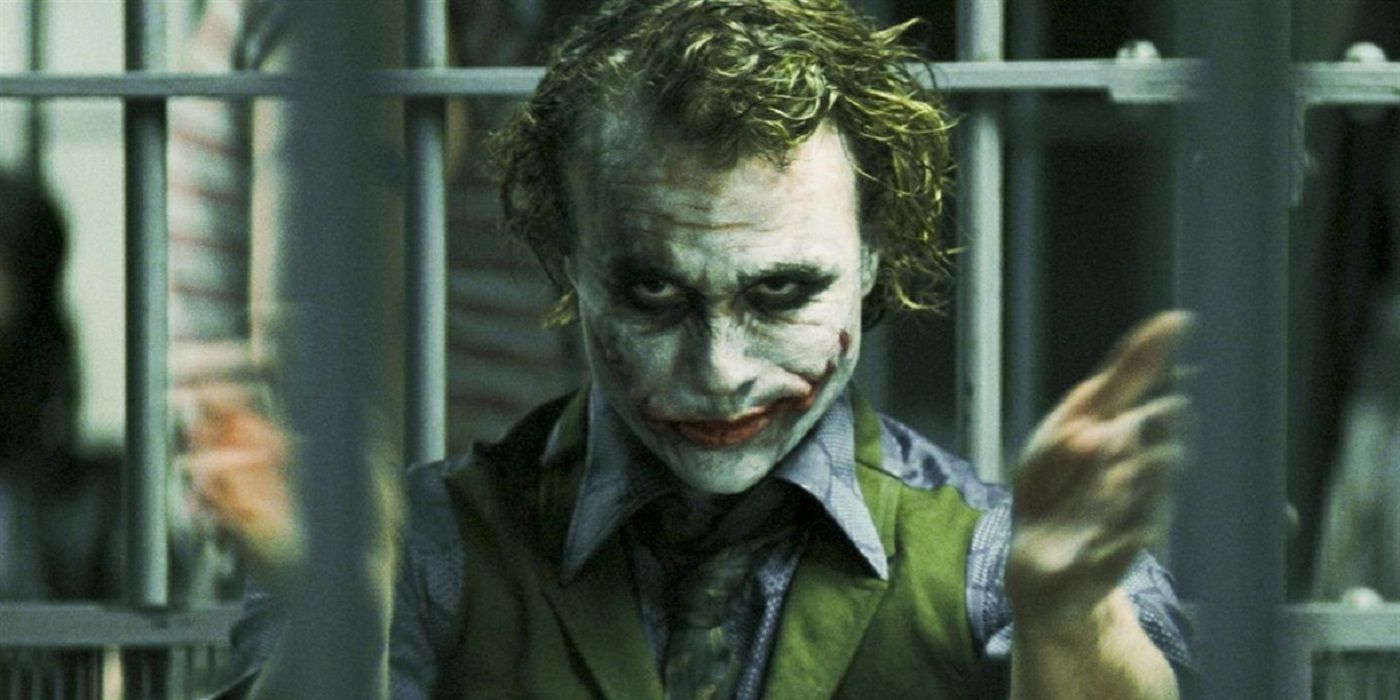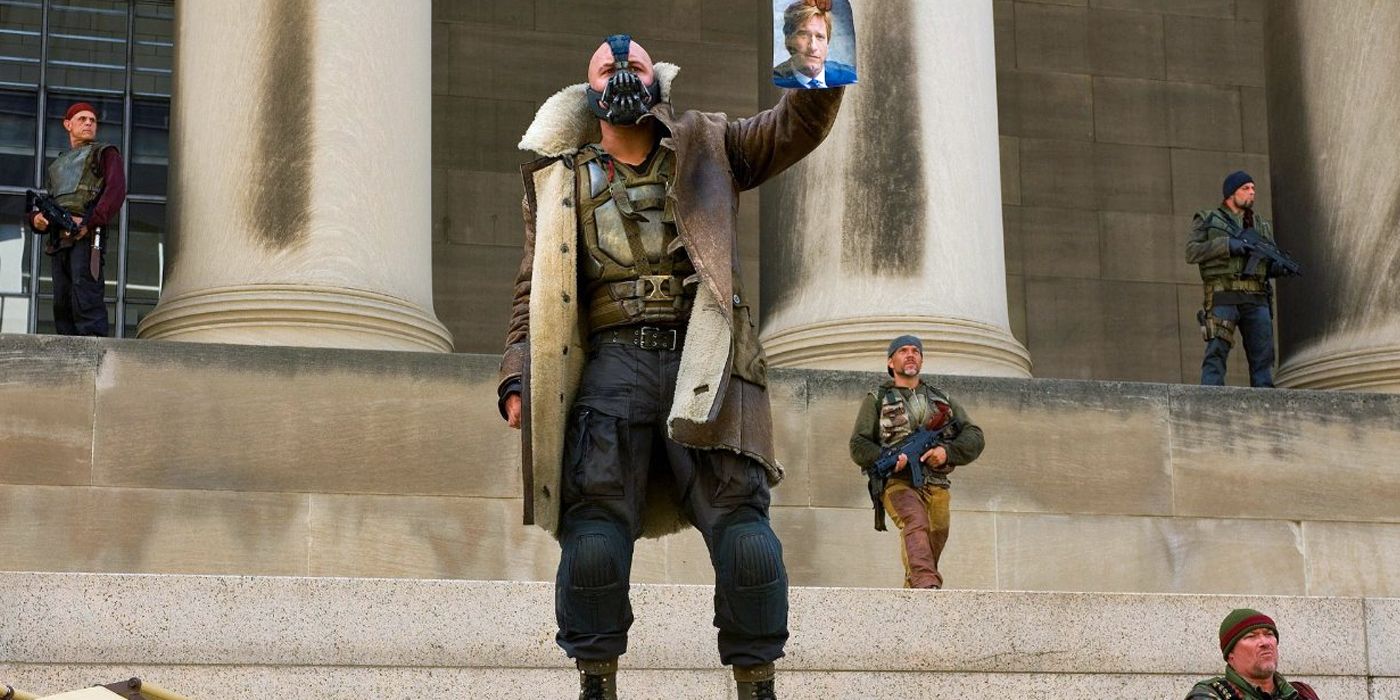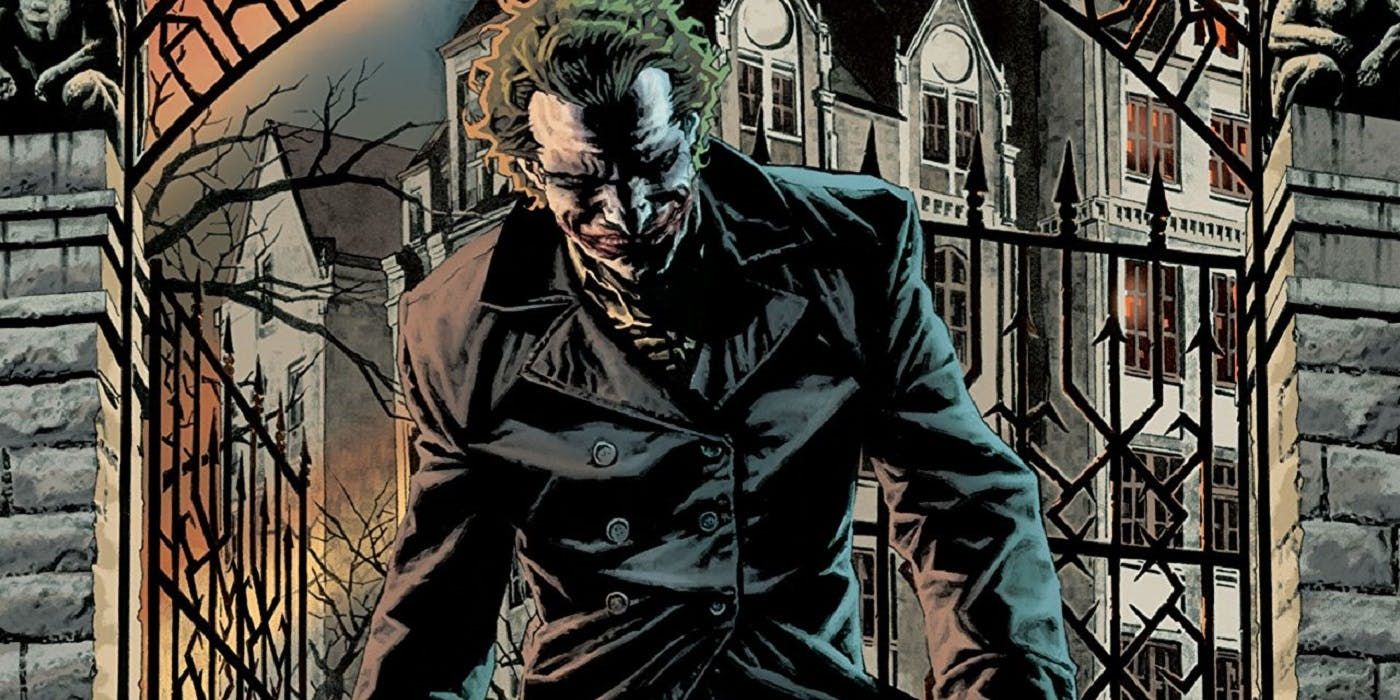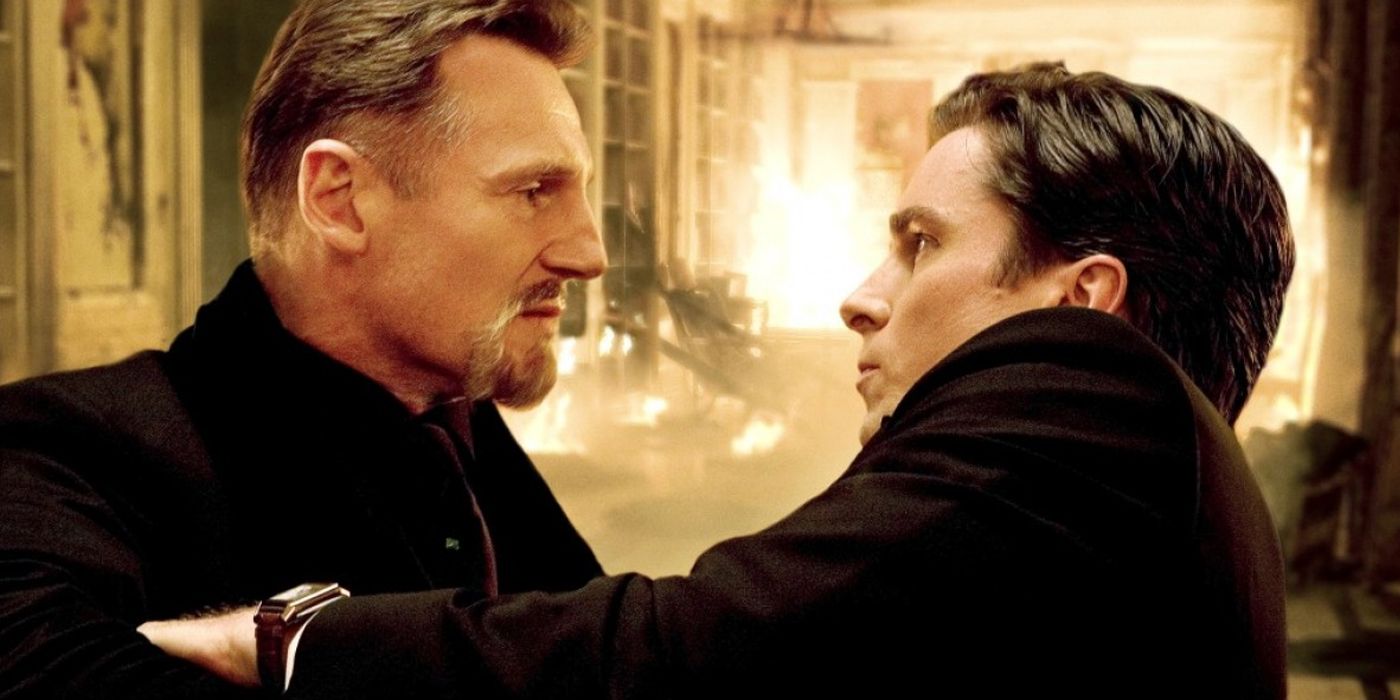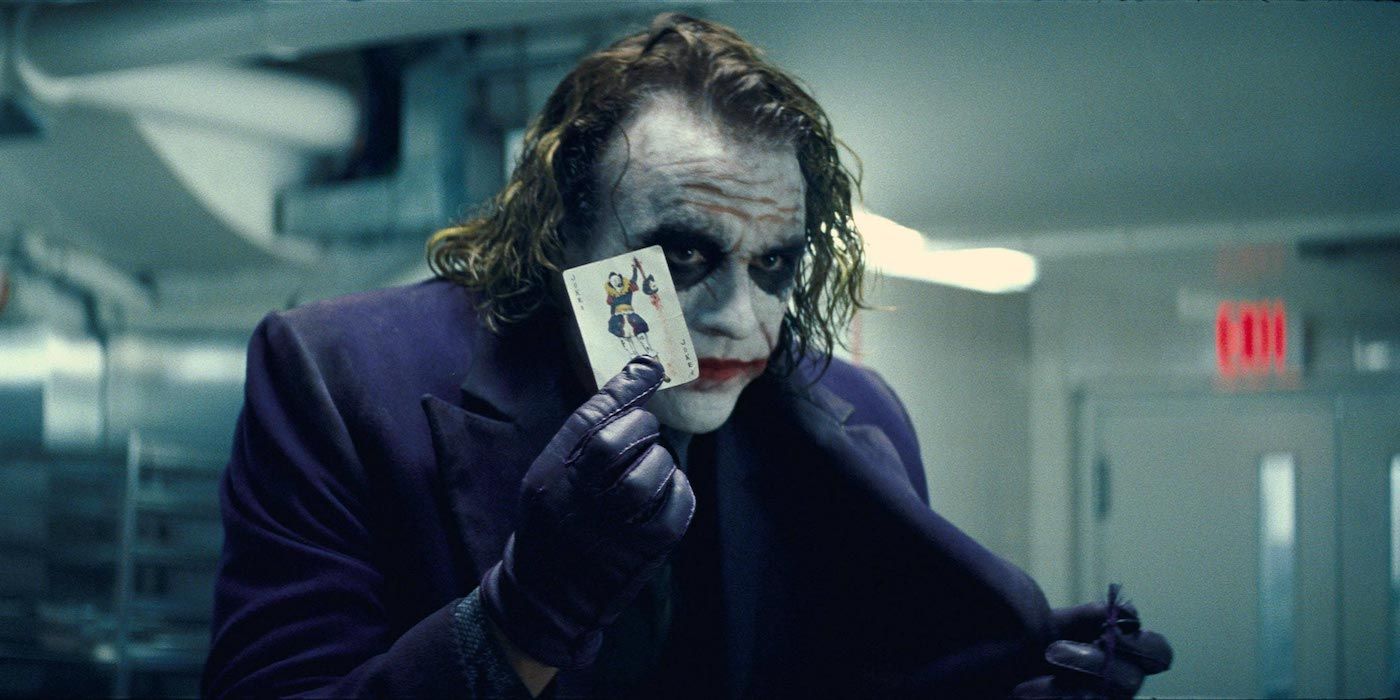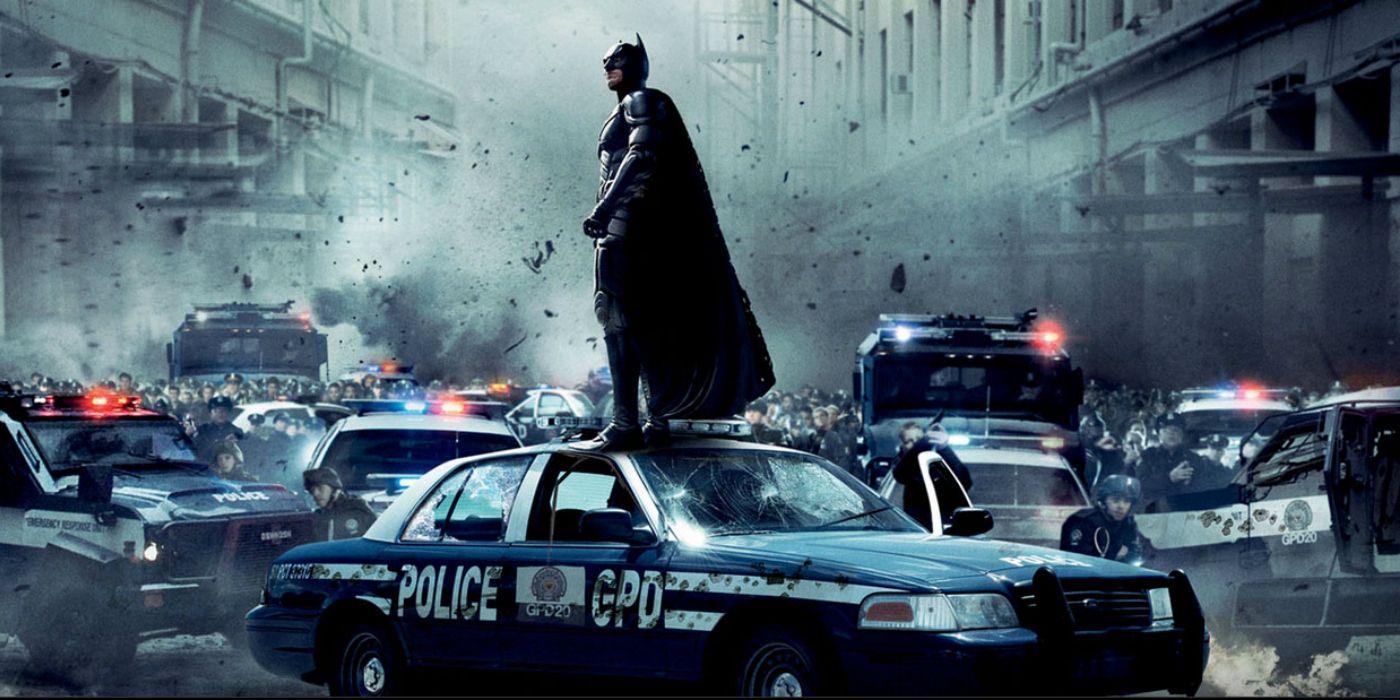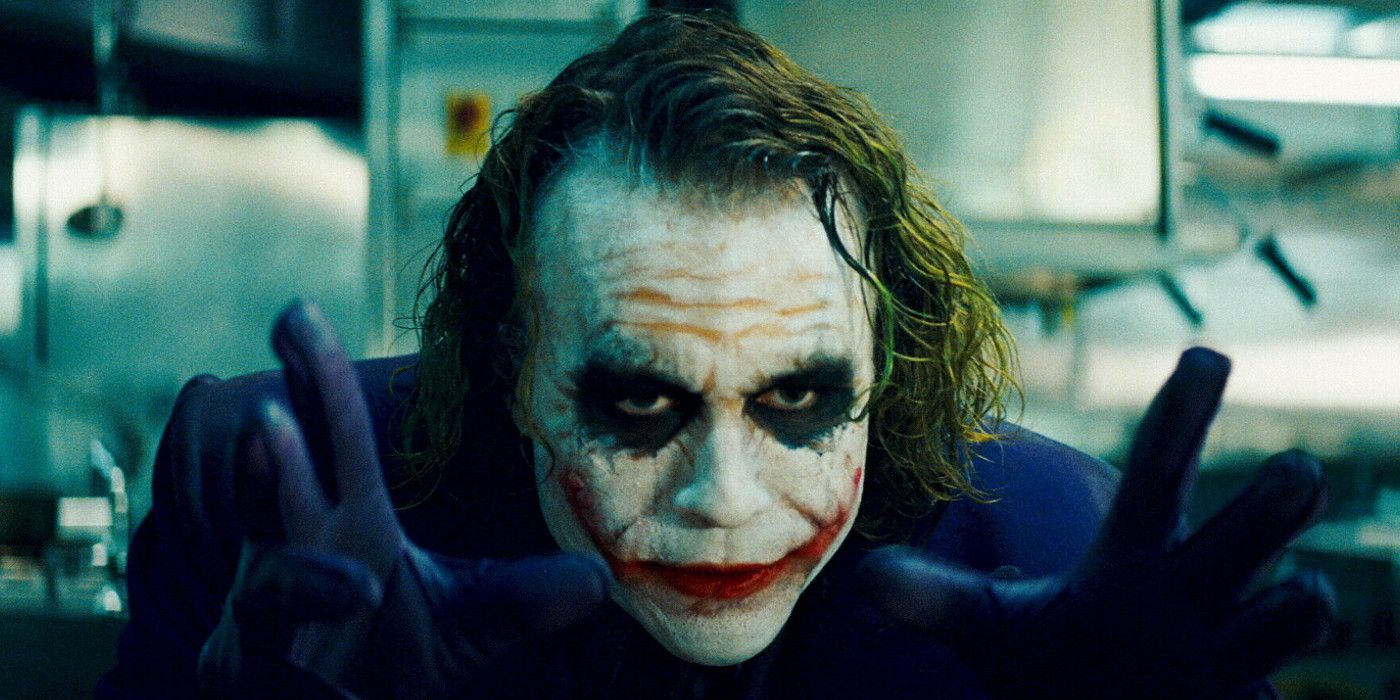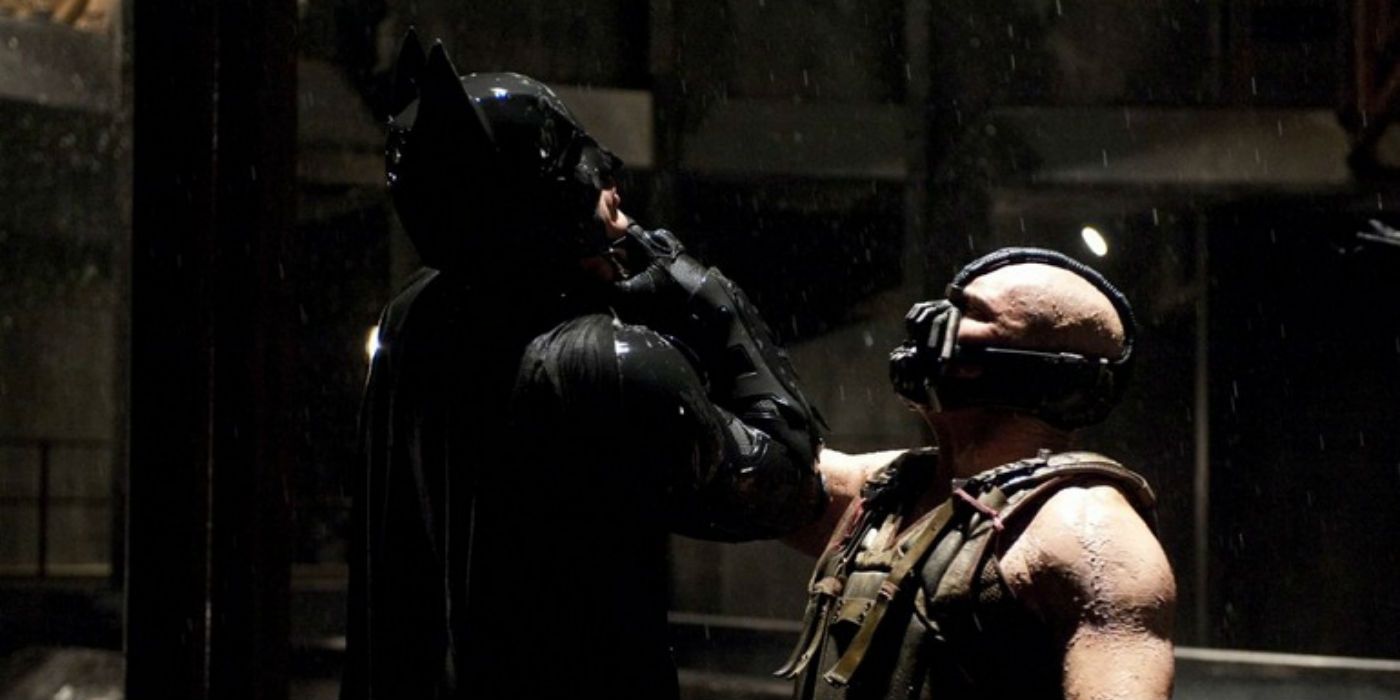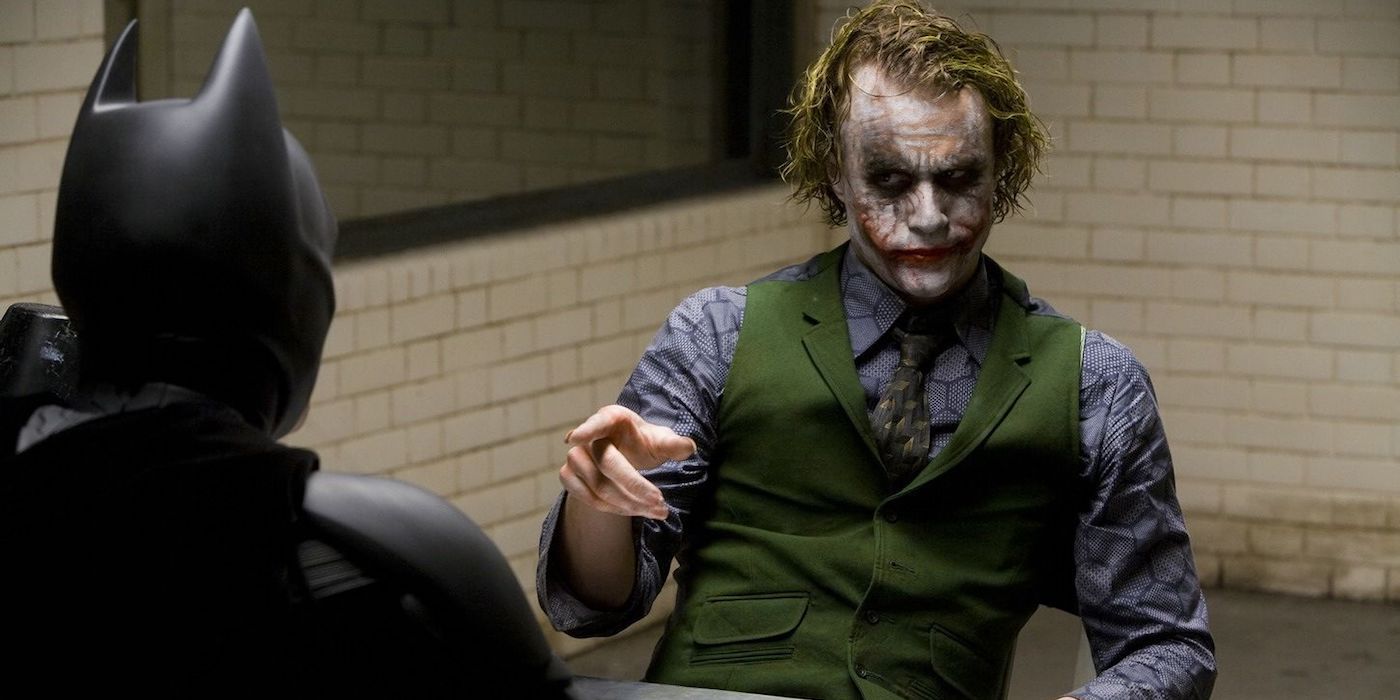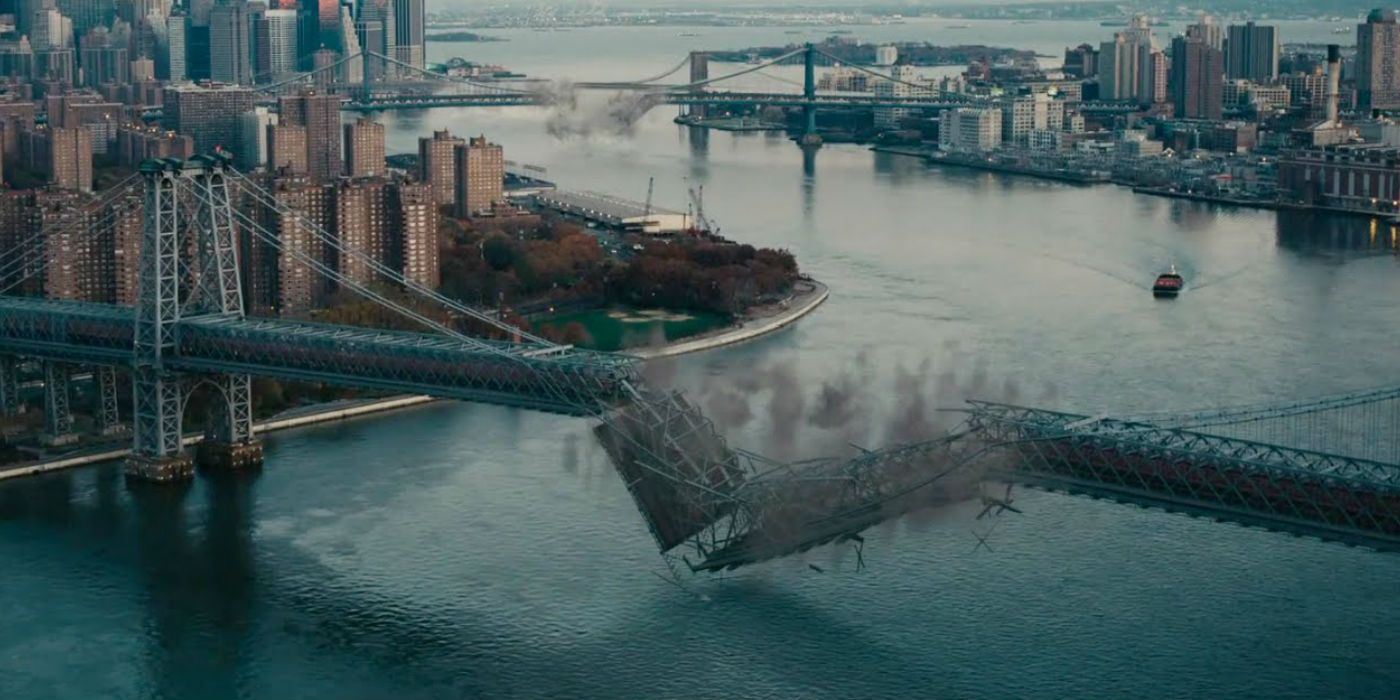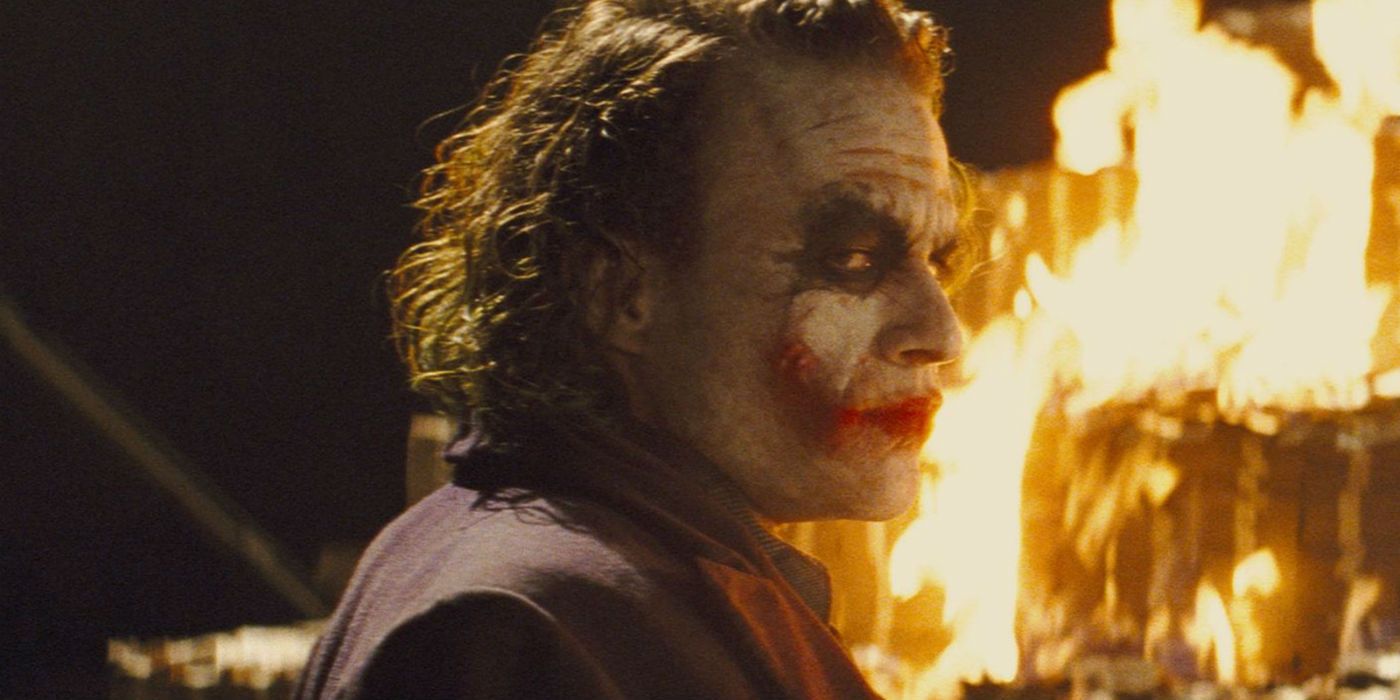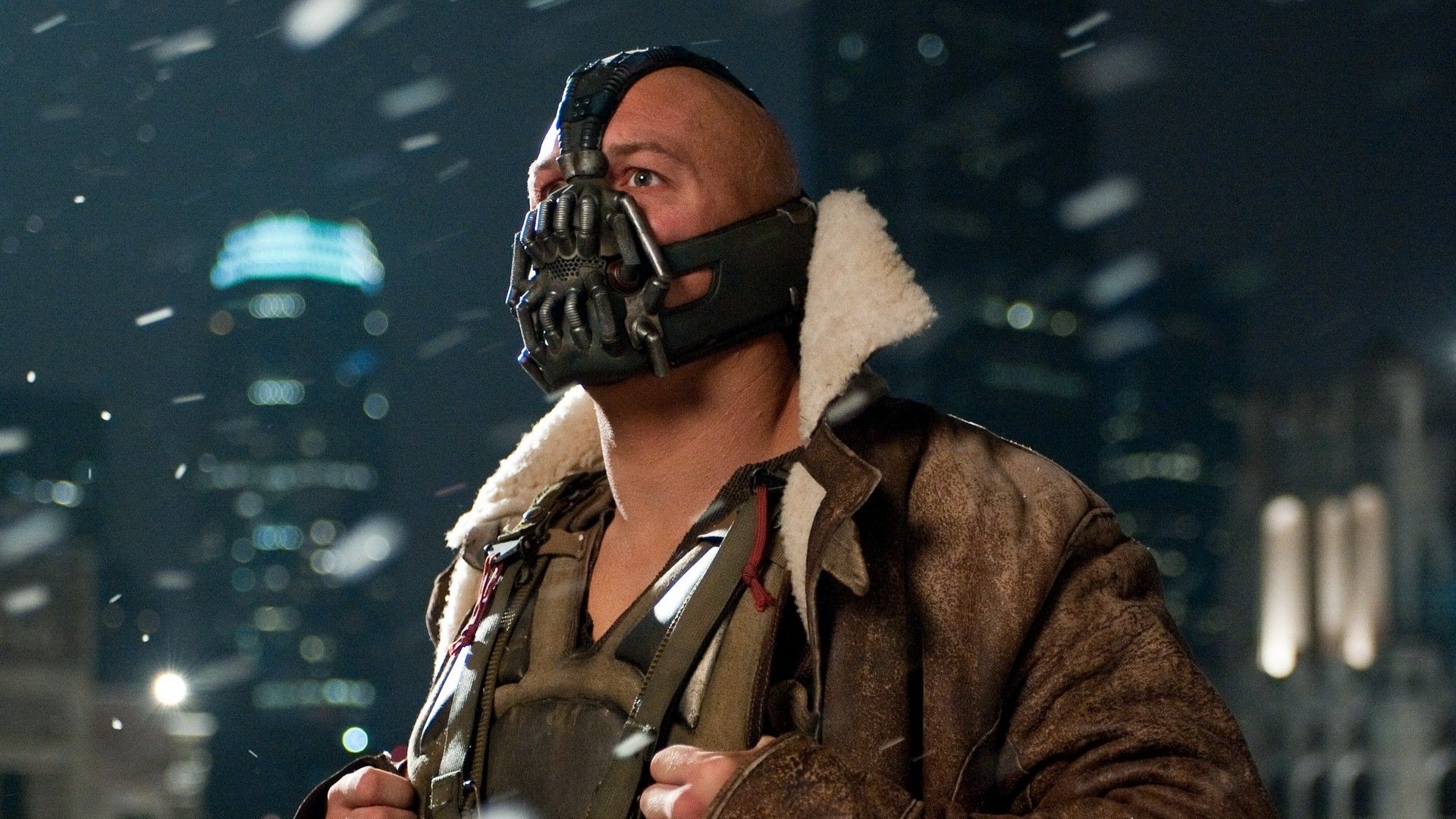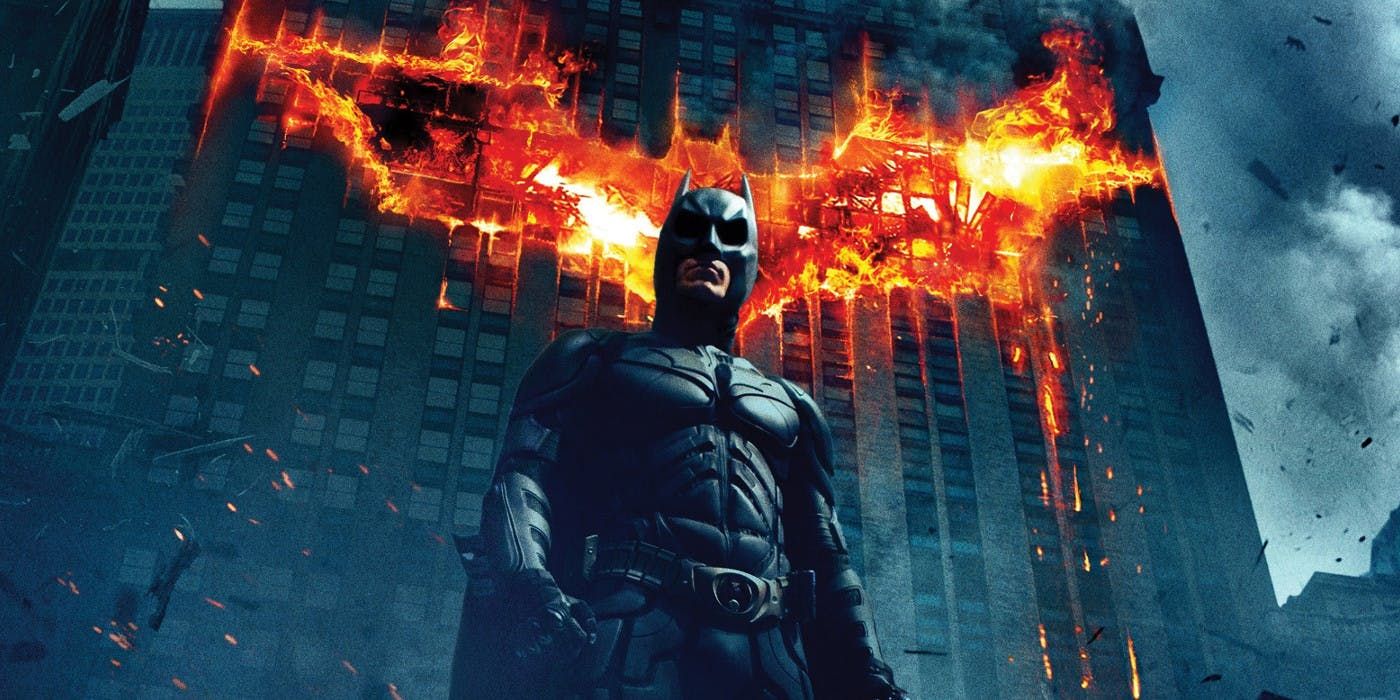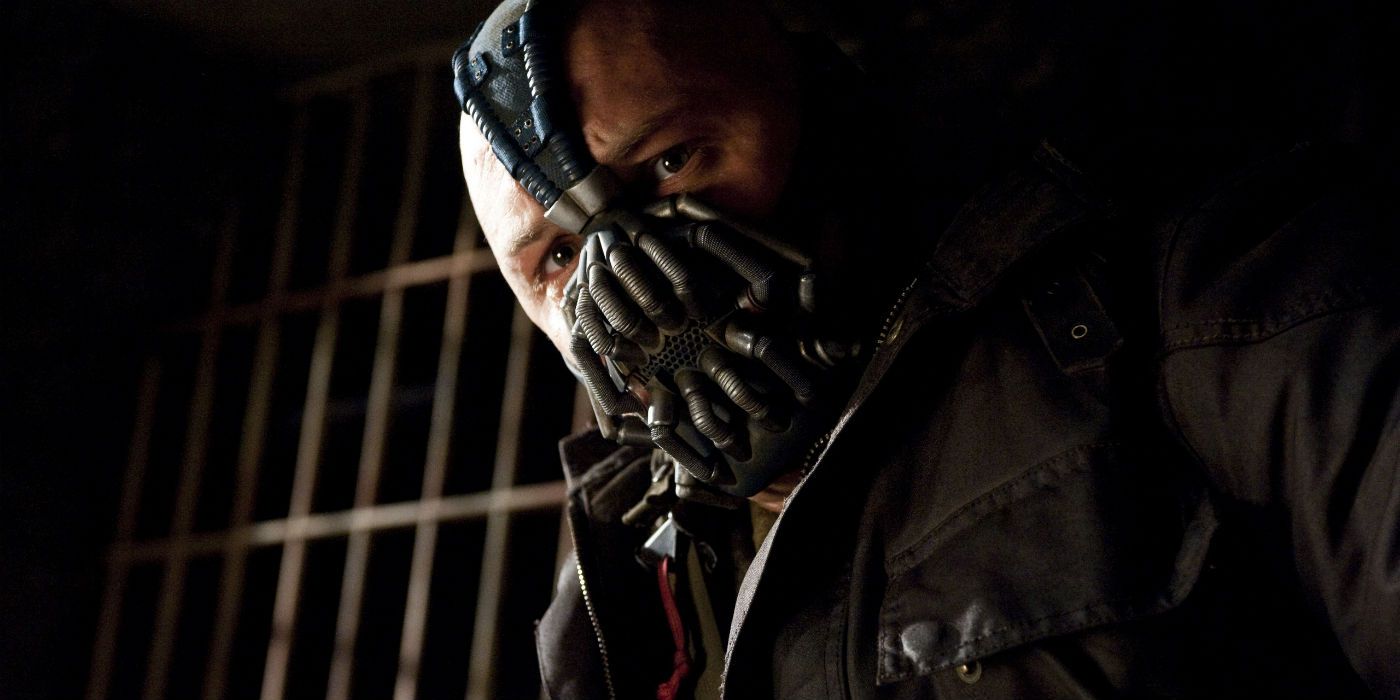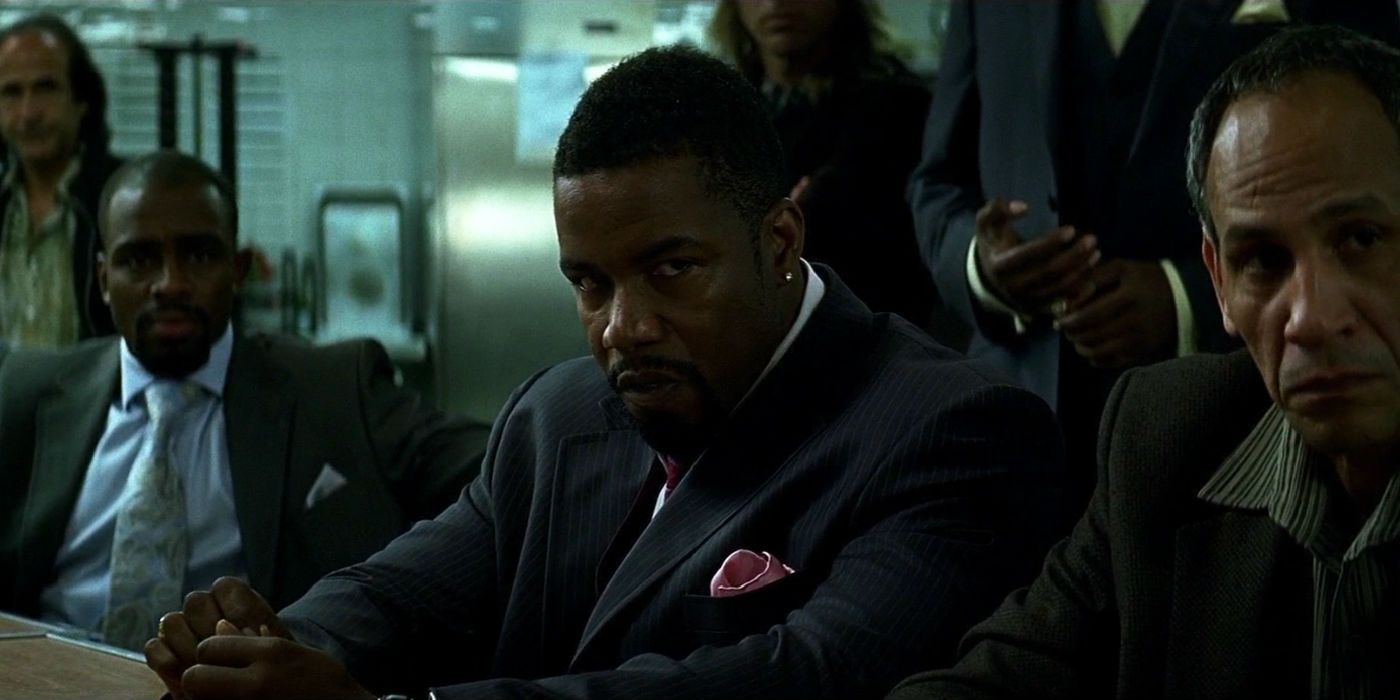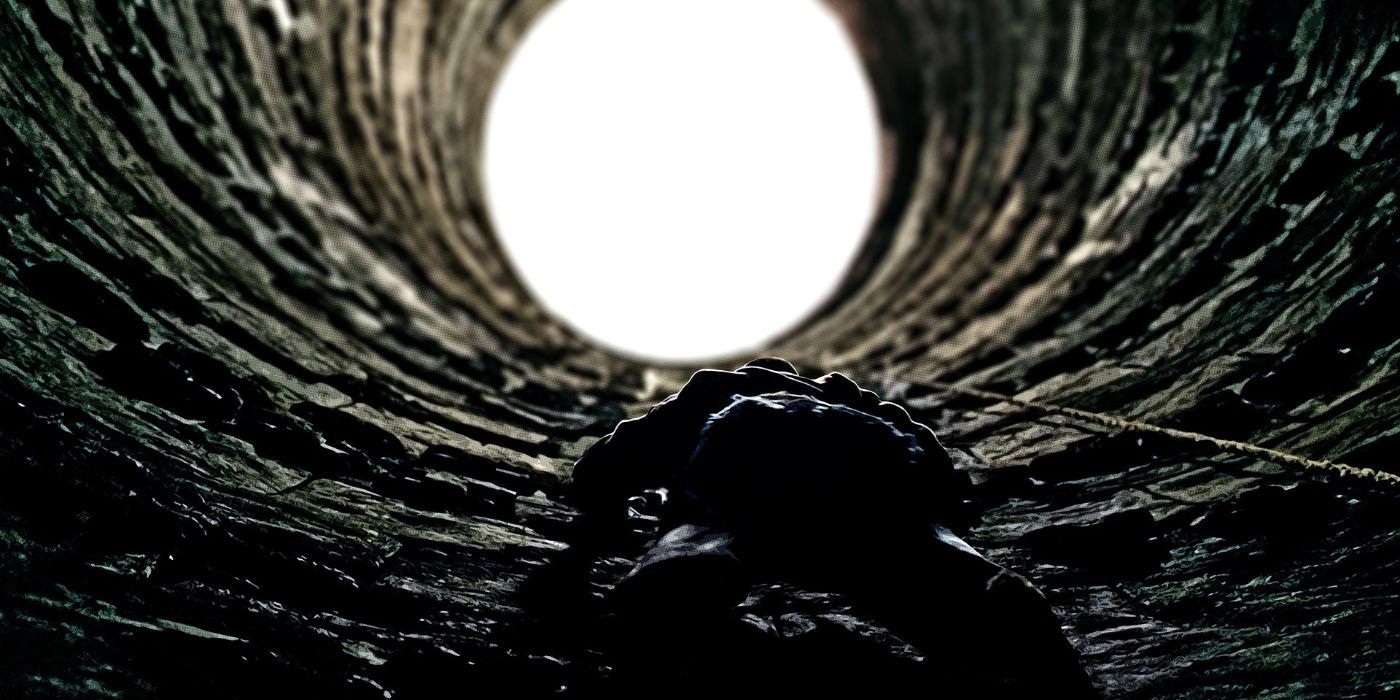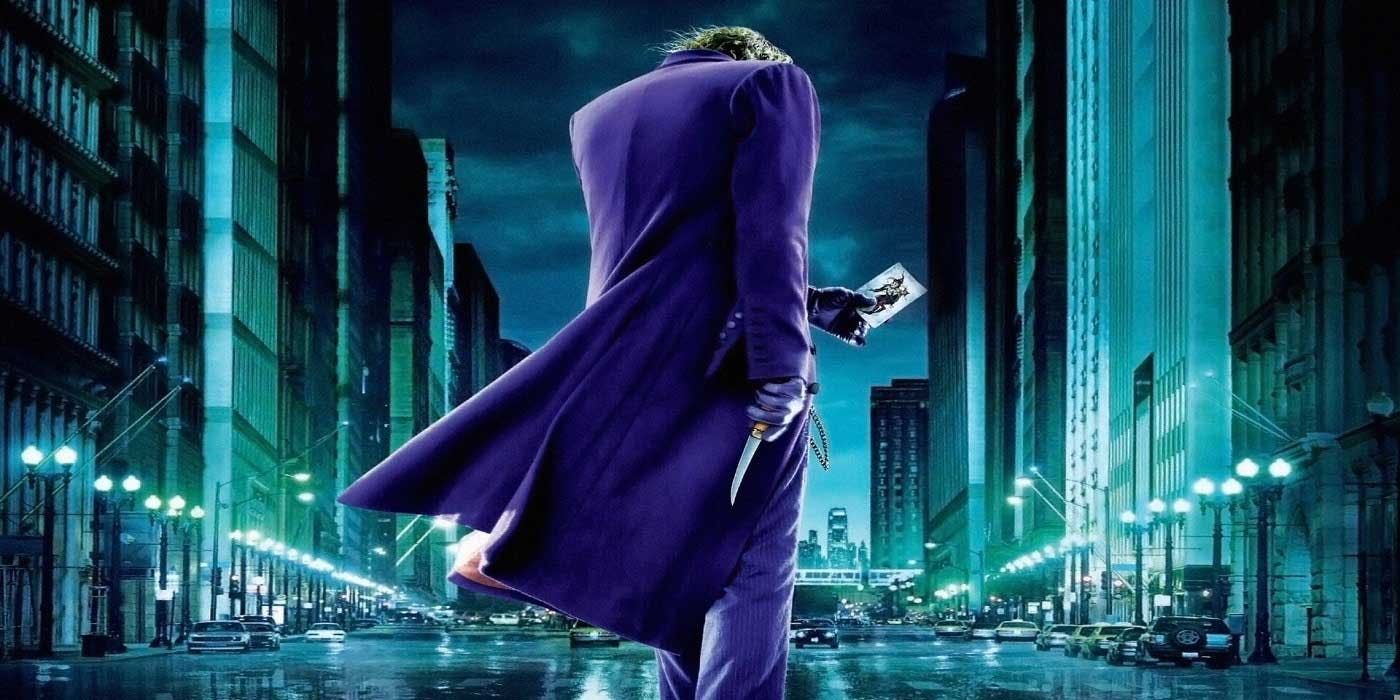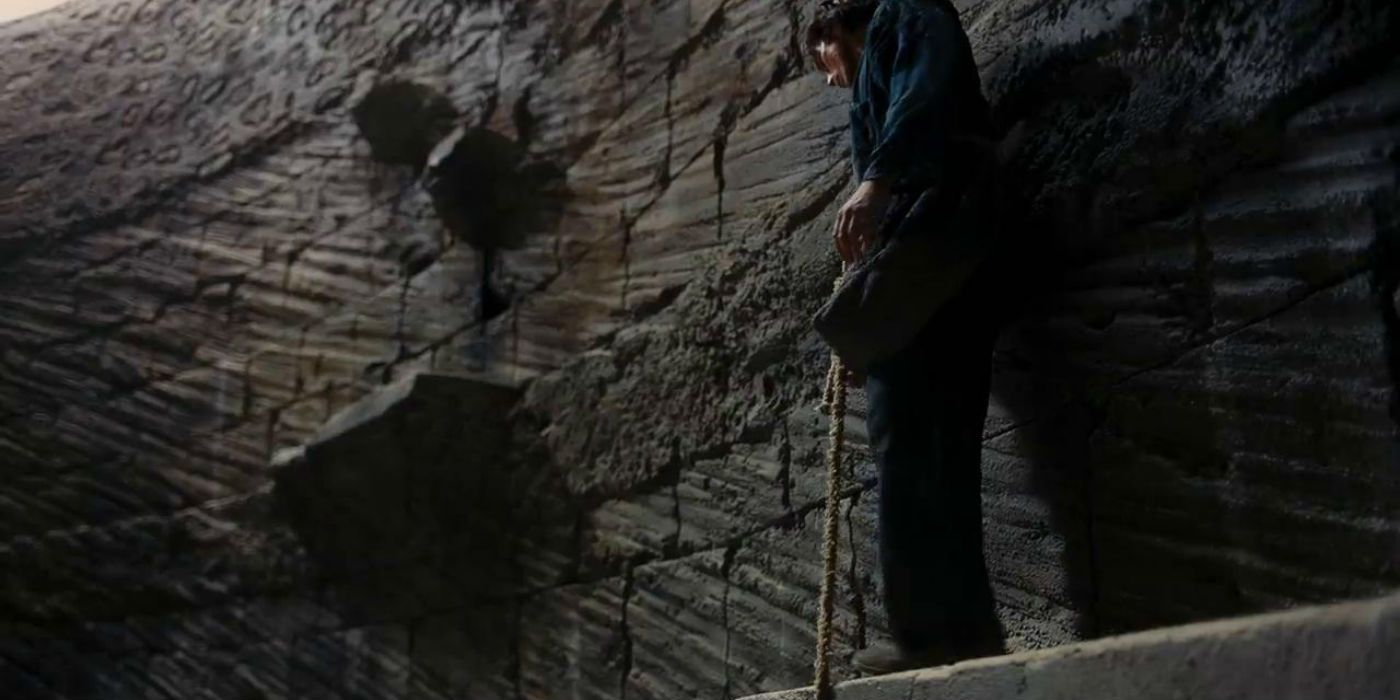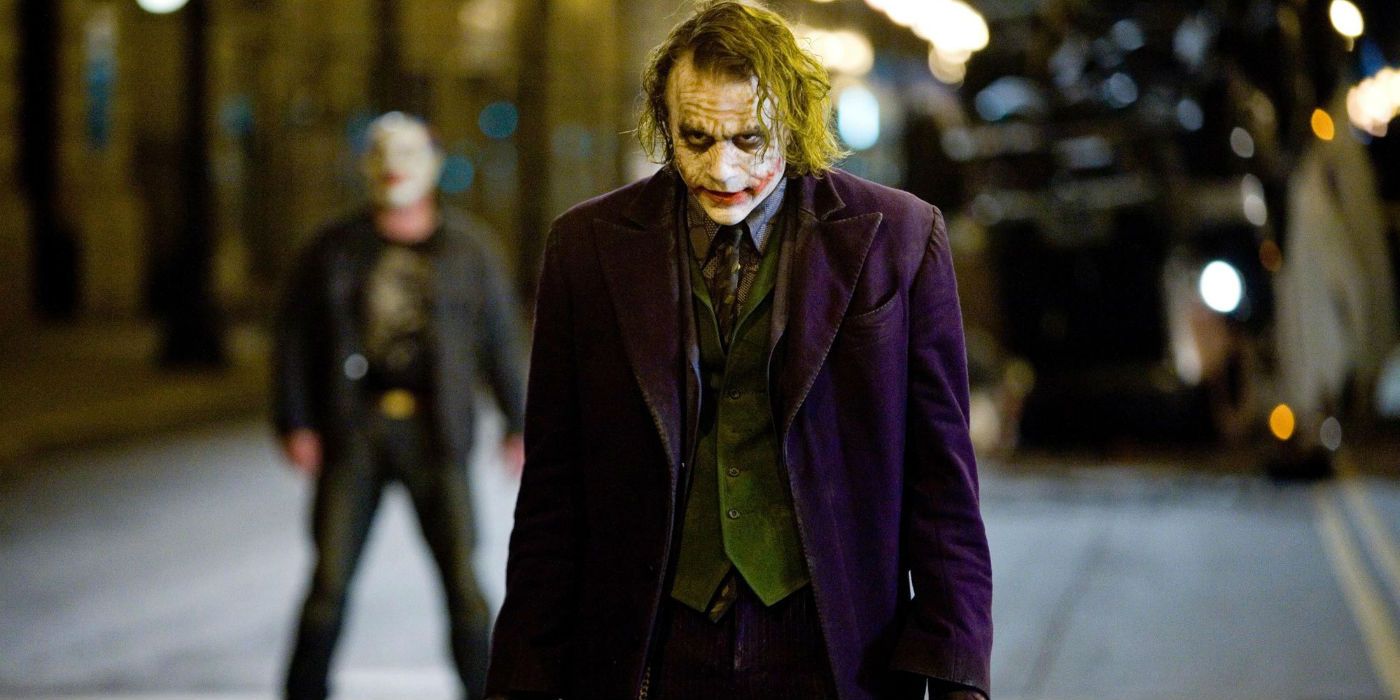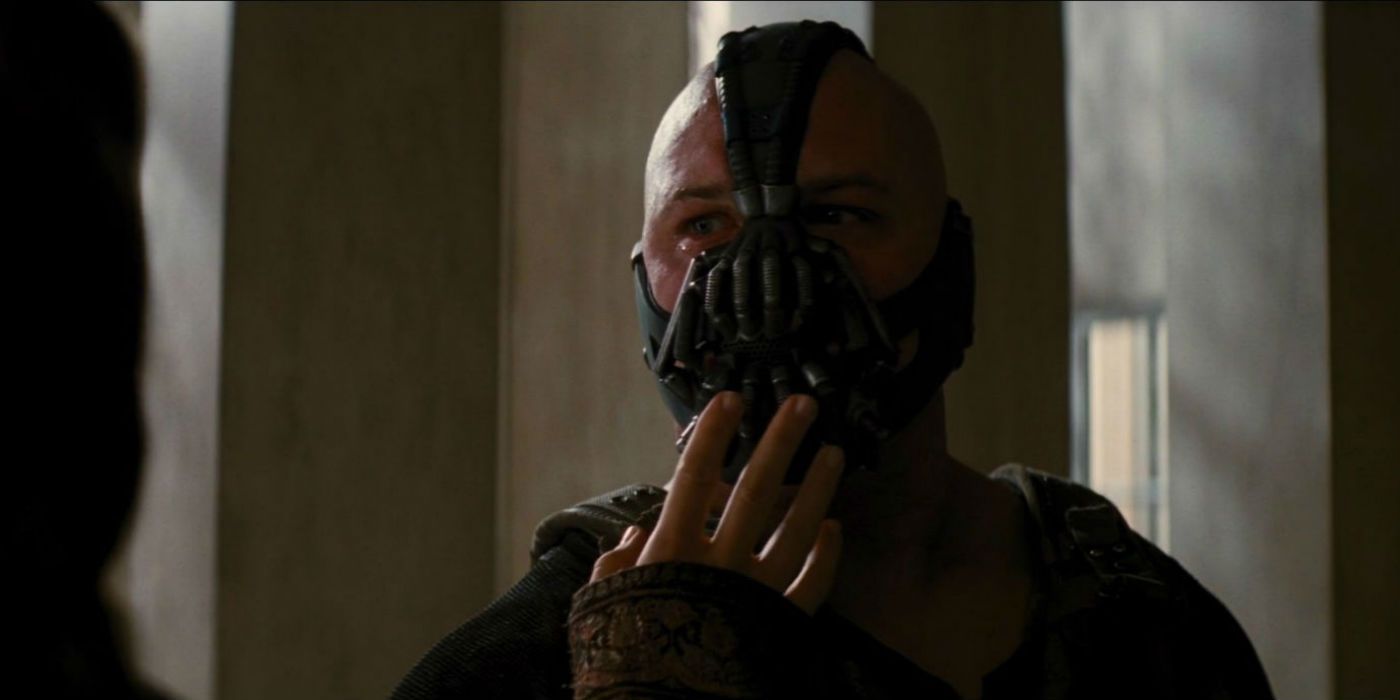Even now after ten whole years, The Dark Knight is still the standard against which all Batman-related films are compared. Christopher Nolan's trilogy was both financially and critically successful. After a decade of the colorful, over-the-top world of Tim Burton's Batman, the superhero was given a film franchise with the kind of depth and darkness worthy of the comic book character. That once unique grittiness continues to inspire new superhero films based on DC characters, which often try to take that grittiness one step further.
Of course, each screenwriting aspect played an important part in ensuring the high quality of Nolan's franchise, but it must be said that that success was in no small part due to the complexity and portrayal of the films' main antagonists, the mysterious, devious Joker, and anarchist Bane, played by Heath Ledger and Tom Hardy, respectively. For years, fans have consistently referred to Ledger's portrayal of the Joker as being the ultimate superhero movie villain and it's easy to see why. In fact, we're going to go through some of the reasons right here. We're also going to be bringing to light some of the reasons why Tom Hardy's Bane from The Dark Knight Rises has been an underestimated gem.
20 JOKER: GROUNDED LOOK
Until the 2000s, comic book films were unabashedly outrageous and silly. If you doubt that, just remember the costumes in Batman & Robin. In stark contrast to the attitudes filmmakers had toward comic book films back then, Christopher Nolan took each elements seriously. There was story and development in not just the characters, but the costumes as well.
The Joker of the comic books is an over-the-top character in almost every way, but that's not the case in Heath Ledger's version, whose costume is riddled with the kind of small imperfections that make him believable, from the uneven coating of white make-up on his face to the cheap look of his purple and green suit. It reflects the incongruent, dark nature of the character with all the subtlety and elegance costumes past superhero films lacked.
19 BANE: PERFECT NARRATIVE OBSTACLE
Put simply, the duty of a villain from a narrative standpoint is to somehow disturb the equilibrium in the hero's journey. Bane does that for Batman in every way possible. He didn't just disturb Batman's return to vigilantism, he completely tore it down. He broke the bat in spectacular fashion, he forced a revolution and presented a clear obstacle for our hero to overcome.
We could measure Batman's growth in his ability to defeat Bane. There was no way around him, no way to outsmart him and no way to take him down without learning the lesson that he wanted Batman to learn. That's more than can be said for other villains, especially when we're talking about comic book characters.
18 JOKER: IN LINE WITH THE COMIC BOOK CHARACTER
With a grounded appearance and the lack of a monstrously maniacal laugh, it might seem at first that Heath Ledger's portrayal of the Joker is a completely different beast from the one we were introduced to in the comics. With a closer look, it quickly becomes clear that The Dark Knight was actually quite faithful to the source material with regard to its main antagonist.
We're not talking about the costume -- although that too is actually quite faithful to the comics. We're talking about the Joker's anarchist worldview, his nihilistic attitudes and the complete lack of a background, which we'll get to soon. Every human life is nothing but another plaything for him, the only one that mattered to him was Batman, whom he adored. That much was made clear in the film and it was very much in keeping with the comic book character. All that was missing was the cartoonish antics.
17 BANE: BRINGS THE STORY FULL CIRCLE
When we were introduced to Bruce Wayne in Batman Begins he was a traumatized young man in need of vengeance and direction. After a journey around the globe, he was inducted into the League of Shadows and trained by Ra's Al Ghul. Their evil ways were too much for the fledgling dark knight and after an intense struggle against darkness and fear itself, resulting in the demise of Ra's Al Ghul, Batman emerged.
But the League of Shadows didn't end there and after being forgotten in The Dark Knight, they returned with Bane and of course, Talia Al Ghul in The Dark Knight Rises, ready to finish what Ra's Al Ghul began. Their inclusion helped to provide a tidy end to the Dark Knight's story and Bane was the perfect villain to encapsulate everything the League stood for.
16 JOKER: MEMORABLE MONOLOGUES
The most cliche thing a villain can but must do is start monologuing. The trick is doing it right and Heath Ledger as the Joker got it as right as a villain can get it. At every opportunity, Joker was allowed to unleash his dark perspective on everyone, hidden in fake backstories or carefully explained in talks of chaos and injustice. They were theatrical, intense and they were extremely quotable.
Those monologues didn't just exhibit the Joker's attitudes and perspective perfectly, they kept the drama flowing. None of them were just thrilling speeches for their own sake, they each served a purpose and it was never exposition. They were there either to create mystery or to send another character, like Two-Face, on his villainous path.
15 BANE: MADE BATMAN STRONGER
The first time Batman confronted Bane, he was brutally beaten and his armory had been compromised. Bruce had lost his wealth, his strength and the faith of the city he once protected. As if all that wasn't enough, Bane had Bruce imprisoned halfway around the world. It was the lowest the hero had fallen in the trilogy and the only way up was through real growth.
It wasn't enough for Bruce to heal, he had to grow stronger. He did in the end and it showed when he climbed out of The Pit and fought Bane for the last time. That newfound strength and endurance showed in the final confrontation between Batman and Bane. Where Bruce once tried to hide in the shadows or trick his opponent, he was standing firm and facing the threat head-on, because he knew he could take it.
14 JOKER: UNPREDICTABLE
One of the reasons why the Joker is unique is his unpredictability and that quality is definitely present in The Dark Knight in everything from his voice to his actions. When he introduced himself to the criminal underworld, he demanded half of their money but after finally acquiring it, he piled it up, put Lau on top and set it all ablaze, revealing that he wasn't the least bit interested in money.
The only one who really seemed to understand the Joker was Alfred and even though he pretty much nailed the explanation, it didn't help anyone predict what the Joker's next move would be. He wasn't trying to take over Gotham, he wasn't even necessarily trying to tear it apart. He was just trying to sow chaos for chaos' sake.
13 BANE: DEFEATED BATMAN
Typically, the superhero will fail before they succeed, but they do succeed. In The Dark Knight Rises, Batman is defeated by Bane in the second act and though he heals, grows and returns for a second fight, he never actually succeeds in defeating Bane, it's Catwoman that ultimately defeats Bane once and for all with the help of the Batpod cannons.
It's not often that Batman fails to overcome the challenges that fall in front of him. He has always had a reputation for being unbeatable and yet Nolan bravely had him torn down by Bane, without ever really defeating him. Batman put an end the League of Shadows' schemes, but failed to succeed with Bane. In fact, he might have perished were it not for Catwoman's timely intervention.
12 JOKER: MYSTERY
One of the most intriguing aspects of the Joker is the absence of an origin story. Throughout The Dark Knight, we weaved elaborate stories about how he got those scars and it's anyone's guess as to which one was the truth, if any. It was a wise decision to avoid giving the Joker a backstory, because the Joker is not a human character, not in the metaphorical sense.
The reason why the Joker works is because he resembles a force of nature; he simply exists. There's no reason or rhyme behind anything he does and if there is, for the sake of his place in the Dark Knight's story, we really don't need to know it. It wouldn't add anything of value and sometimes an unnecessary origin anchors a villain down in mediocrity. That's not the Joker.
11 BANE: ACTUALLY CHANGED GOTHAM
The League of Shadows wanted to do more than just destroy Gotham. It had to serve a larger purpose and under Bane, that purpose was realized. Gotham was forced to transform from the top down. With his machinations at Wayne Enterprises and attack on the Gotham Stock Exchange, Bane reshaped the economic and political structure of Gotham. With his defeat of Batman, he left the city vulnerable and with the release of Blackgate prisoners, he started a revolution.
Other villains have threatened the safety of the city, they've caused chaos, panic, and insurmountable damage but only Bane and the rest of the League of Shadows have managed to really reshape the city and ensure lasting consequences.
10 JOKER: ULTIMATELY SUCCEEDED
It was impossible for Batman to understand the Joker and therefore it was impossible for him to predict what he would do or where he would turn to ensure victory. That's why he never saw Joker's corruption of Harvey Dent coming. The Joker wanted to break the city and tear its hope away from it and to do that, he had to ensure that they no longer believed in either Harvey Dent or Batman.
Those were the two figures in Gotham that gave its people hope for a brighter future. One perished and the other was made to look like the Devil in disguise. There was no getting around it or revealing what the Joker had managed to do, which meant that even with the Joker in prison, he had ultimately succeeded.
9 BANE: TEST OF PHYSICAL STRENGTH AND ENDURANCE
Batman is known for being able to overcome any obstacle but until The Dark Knight Rises, his ability to physically dominate a battle had never truly been tested. No criminal had been able to match him in strength or resist falling for his tricks. Bane was the only villain Batman faced that could force him to test his strength.
In that test, Batman failed and for a number of reasons. You could argue that the biggest reason was that at that point he had been out of practice for close to a decade but it could be that even before that, with the ability to rely on his gadgetry and tricks, he just wasn't that strong before.
8 JOKER: TEST OF EMOTIONAL AND SYMBOLIC ENDURANCE
Brute strength has never been one of the Joker's largest assets as a supervillain. His greatest strength has always been his chaotic, malevolent mind, which he often uses to affect the minds of others. He's a sadist but physical harm isn't a large part of his endgame. When he inflicts pain, it's usually because he wants to hurt someone psychologically.
He hangs one of Batman's copycat vigilantes to inflict guilt on the Dark Knight, and he threatens hospitals to turn the city against Batman. He tests the Dark Knight's ability to withstand the emotional turmoil that comes with fighting the criminal underworld of Gotham and in so doing, tests his faith in the cowl. Whether or not Batman passed that test is up for debate since we learn in The Dark Knight Rises that he gave up the cowl shortly after.
7 BANE: MASKED BUT EXPRESSIVE
One of the reasons why Bane worked in The Dark Knight Rises is because of Tom Hardy's talents and his ability to embody the right qualities for the character. He was intimidating, brutal and despite being masked, surprisingly charismatic. There are only so many emotions one can express with just the use of half a face, but Hardy managed to do it all with just his eyes.
Bane was focused most of the time, which doesn't demand that much in the way of facial expressions. It's really only in the more emotionally driven moments like his speeches or in his final scene in which we see the talent in Hardy's eyes shine through. Few other actors could play a character like Bane that well and avoid having Bane appear like a cold, one-dimensional creature.
6 JOKER: REPRESENTED CRIMINALITY
There's a reason why the Joker needed to be a mystery and why a lot of his character revolved around chaos. He represented evil and criminality. With that in mind, the story becomes Batman's struggle against the weight of heroism and the sacrifices that must be made to keep things like hope alive.
The point here is that the Joker was far more than just a villain written into the story because of the demands of storytelling. His character embodied everything The Dark Knight was trying to say about Batman and Bruce Wayne's journey as the hero, as in, fighting chaos and evil is dirty work and victory isn't always a big shiny medal.
5 BANE: ODDLY UPLIFTING
As comic book fans will know, Bane's story is far from a pleasant one. Although The Dark Knight Rises changes a few details here and there, the same can be said for its depiction of the villain. He was born in The Pit and after protecting and aiding young Talia so she could escape, he was mutilated by the other prisoners and the doctors could do little to help him.
Despite all that darkness, Bane rose up above it and it made him strong enough to face Batman, a symbol of fear, without the slightest hint of agitation. He might be a villain but his story, the one he forced Bruce to live out for himself, is inspiring in the strangest ways, which is one of the things that make Bane an interesting character.
4 JOKER: PERFECT OPPOSING FORCE FOR BATMAN
The Joker is one of the most well known of Batman's adversaries, the Dark Knight's greatest foe, in fact. The reason for that is that the Joker is the polar opposite of Batman in almost every way, not just in that one is good and the other is evil. It's in appearance, in motivation (or lack thereof) and general behavior.
The Dark Knight avoids taking the Joker to the extreme, that is to say, he isn't anywhere near as cartoonish as he is in the comics...or cartoons. Heath Ledger's Joker is just colorful, just chaotic and raucous enough to get the point across that he opposed Batman in every way.
3 BANE: PERFECT OPPOSING FORCE FOR BRUCE WAYNE
What would happen if Batman turned against Bruce Wayne? The Dark Knight trilogy isn't bizarre enough to answer that literally, so it uses Bane. Much like Batman, Bane instills fear but does not feel it, Bane is a symbol that cannot be brought down and of course he's a highly trained fighter. It was important that Bruce was stripped of the cowl and his gadgetry.
Only then could we see what Bruce Wayne was really made of and how he could compete without everything that made him Batman, not even the enormous sums that his parents left him. Bruce Wayne versus a darker knight than he was, that's what we got in The Dark Knight Rises.
2 JOKER: HEATH LEDGER BECAME THE JOKER
According to reports and Christopher Nolan, Ledger put a lot of time and effort into embodying the Joker. He read and drew inspiration from Batman: The Killing Joke and Arkham Asylum: A Serious House on Serious Earth and he locked himself in a hotel room while he experimented with different personality traits and quirks that he thought might suit the character.
The attention to detail shows in The Dark Knight. In the film, Ledger, who was reportedly a fun-loving guy, disappeared beneath the dark mind, idiosyncrasies and physical traits of the Joker. That kind of talent is why a decade later, audiences still remember and refer to Heath Ledger's portrayal of the classic comic book villain.
1 BANE: WAS STILL HUMAN
Prior to the mid-2000s, a lot of film supervillains were defined by their evil schemes. There was usually nothing else to them, nothing to connect the audience to them. Bane came close to being another one of those villains, because his entire life and scheme revolved around the League of Shadows and the destruction of Gotham. That changed after the second act.
His speech during his fight with Batman revealed a lot of things but it was just the surface of his character. It wasn't until his final moments that we found that, unlike the other villains that Batman faced throughout the trilogy, Bane actually cared deeply for others, as we could see when he cried for Talia. There was more to him than just the monster of The Pit.
Did you enjoy Tom Hardy's Bane or Heath Ledger's Joker more? Let us know in the comments!

